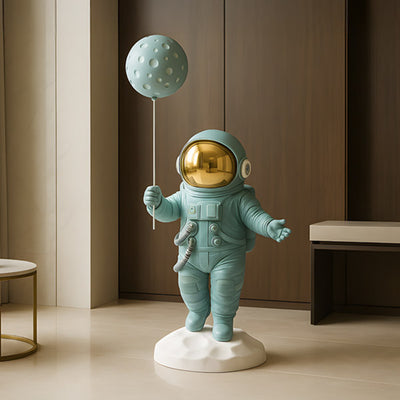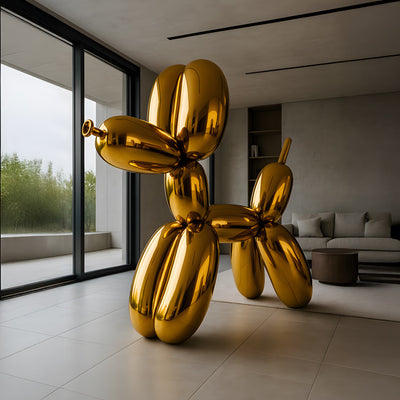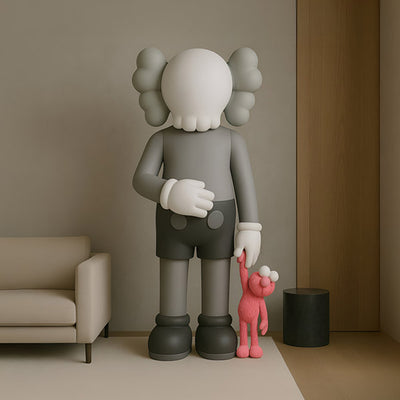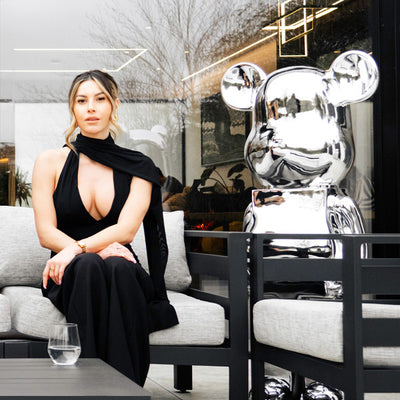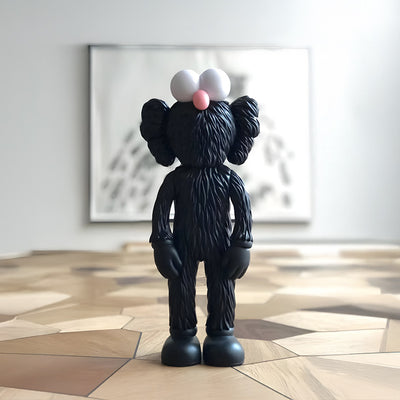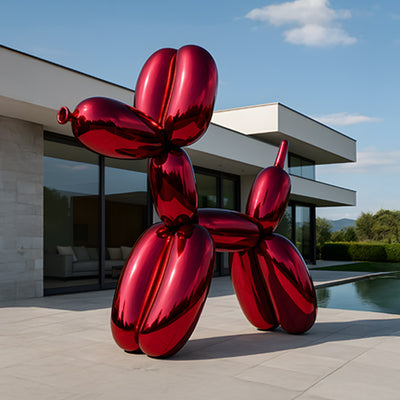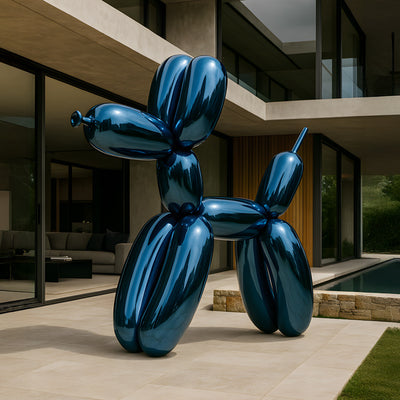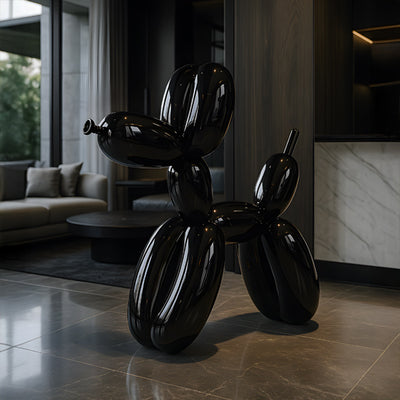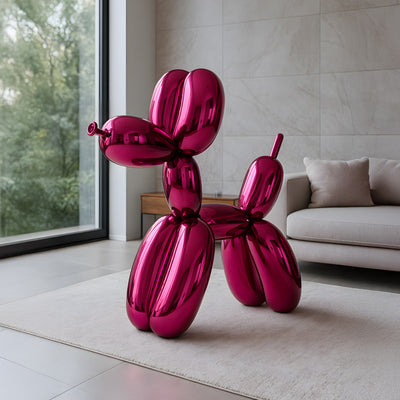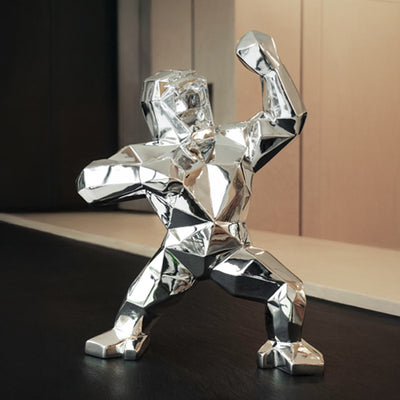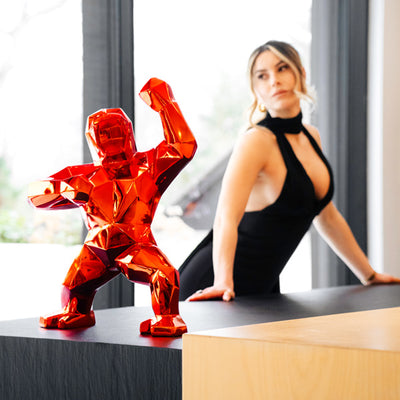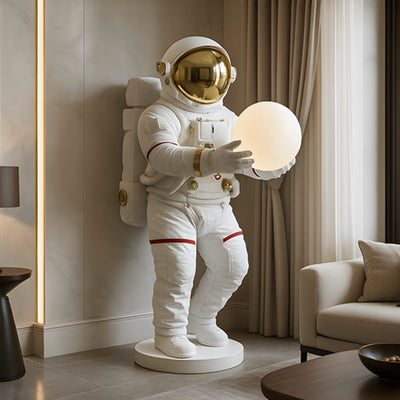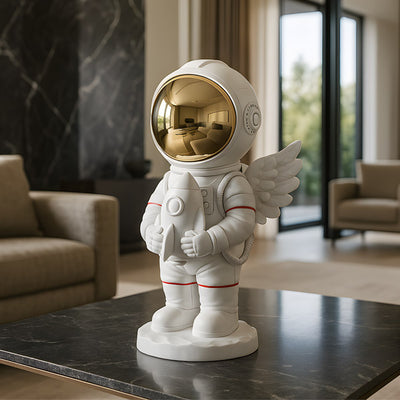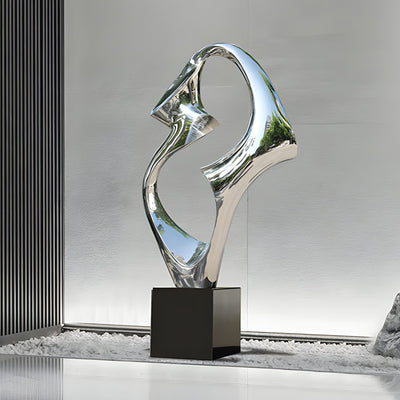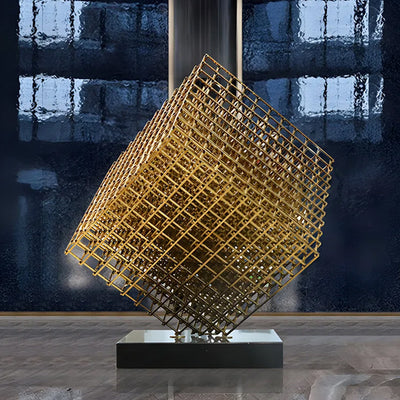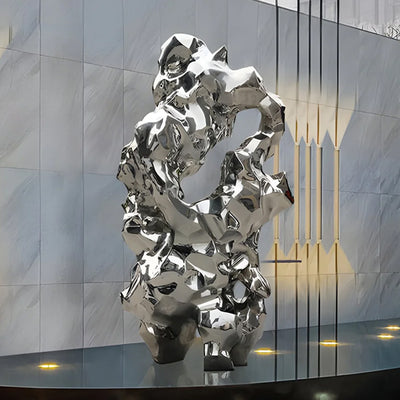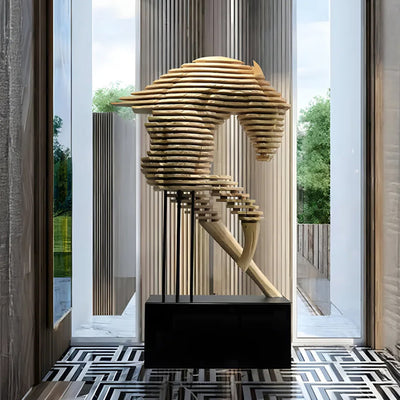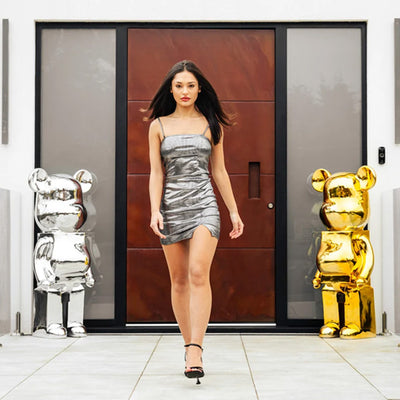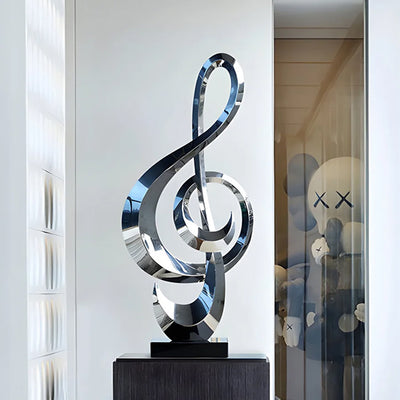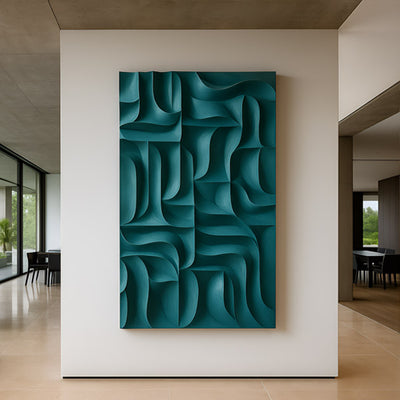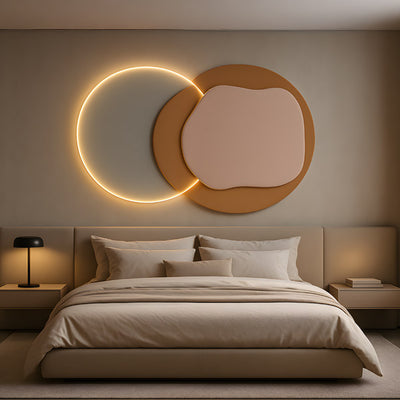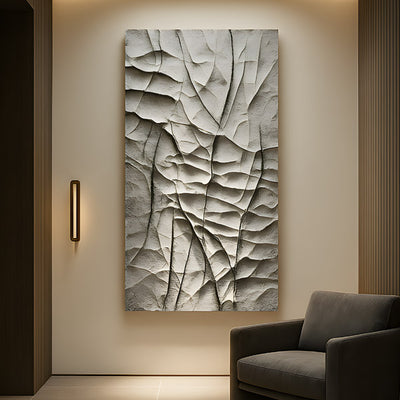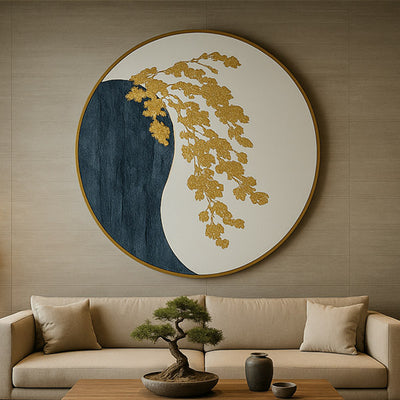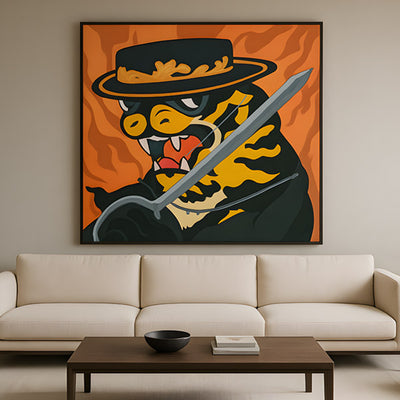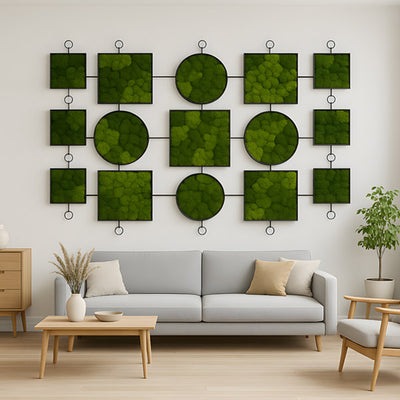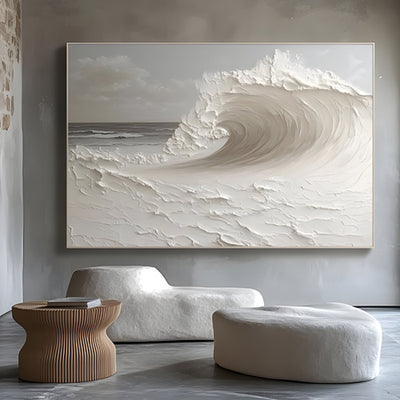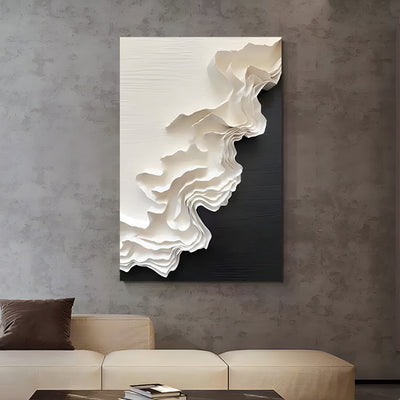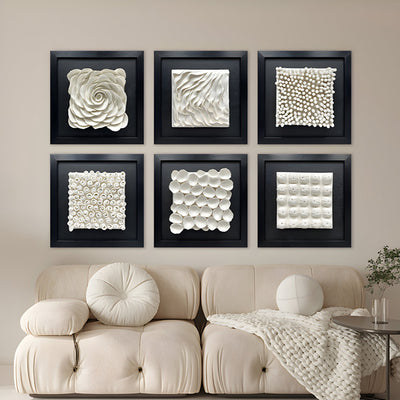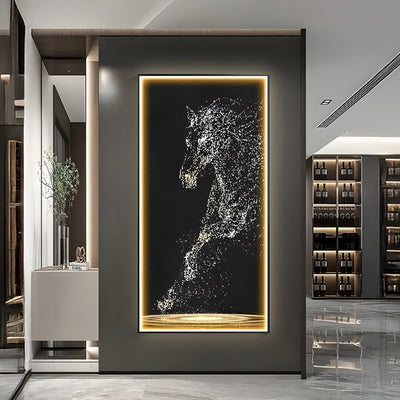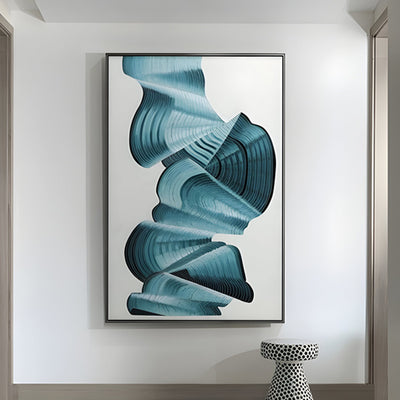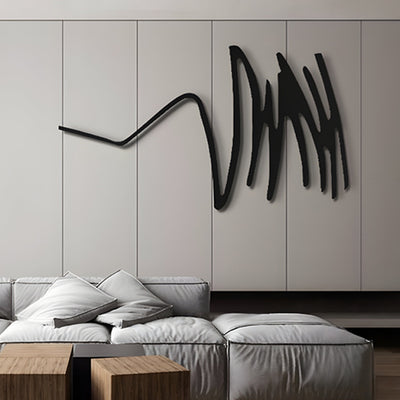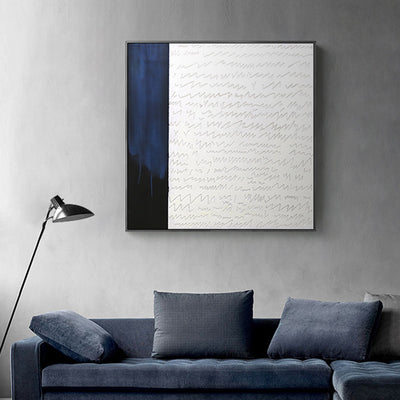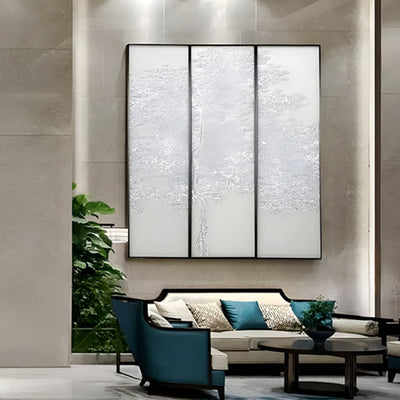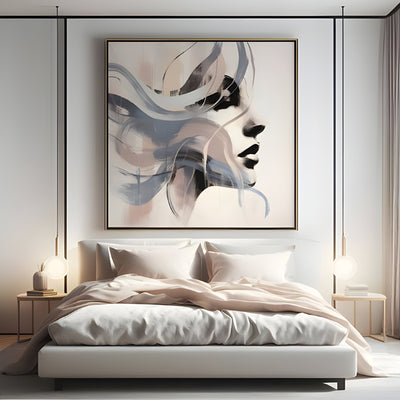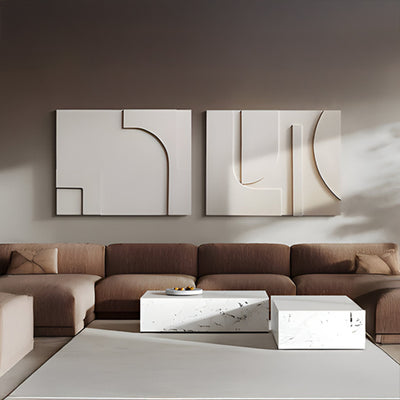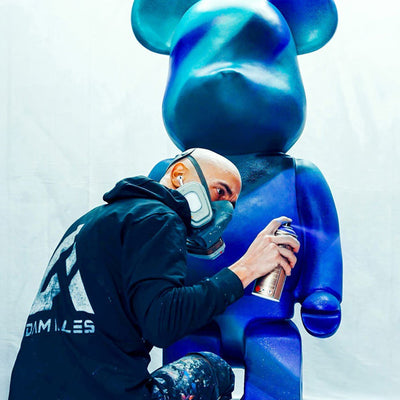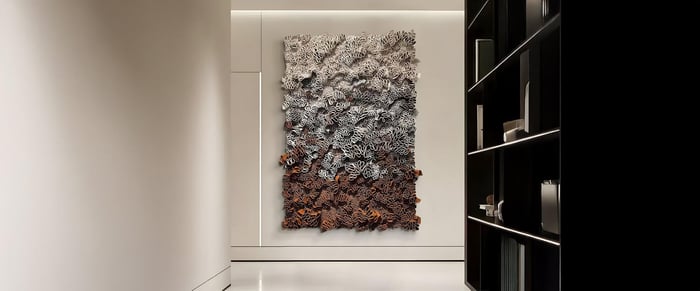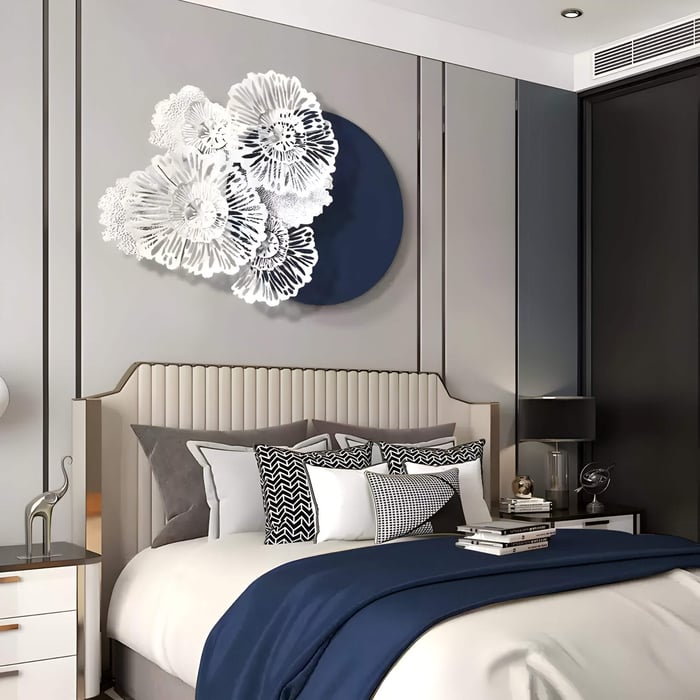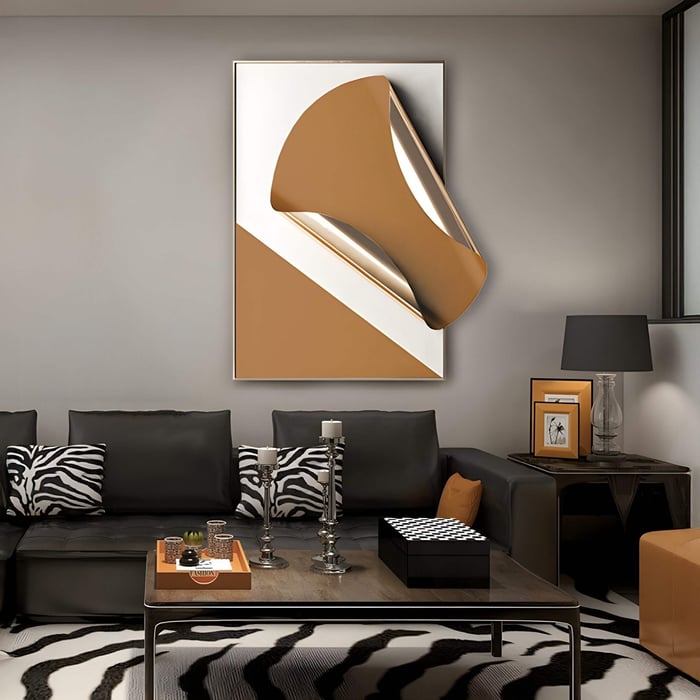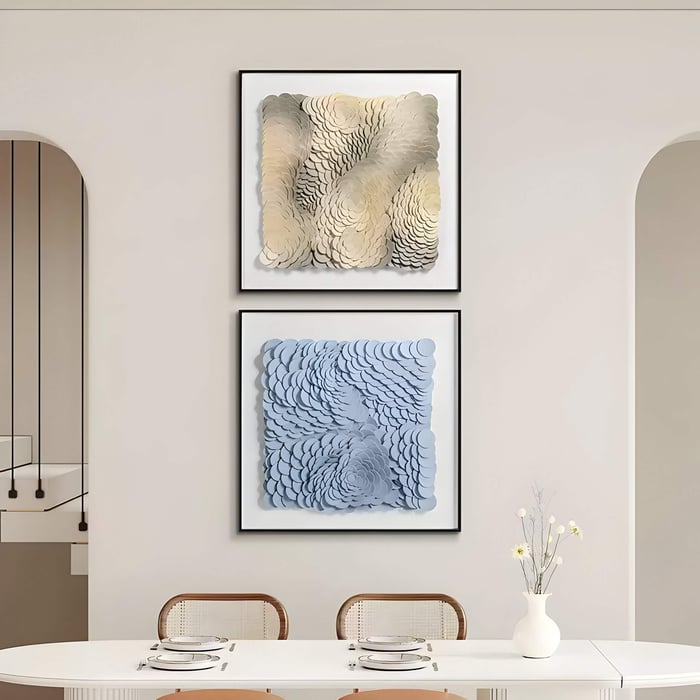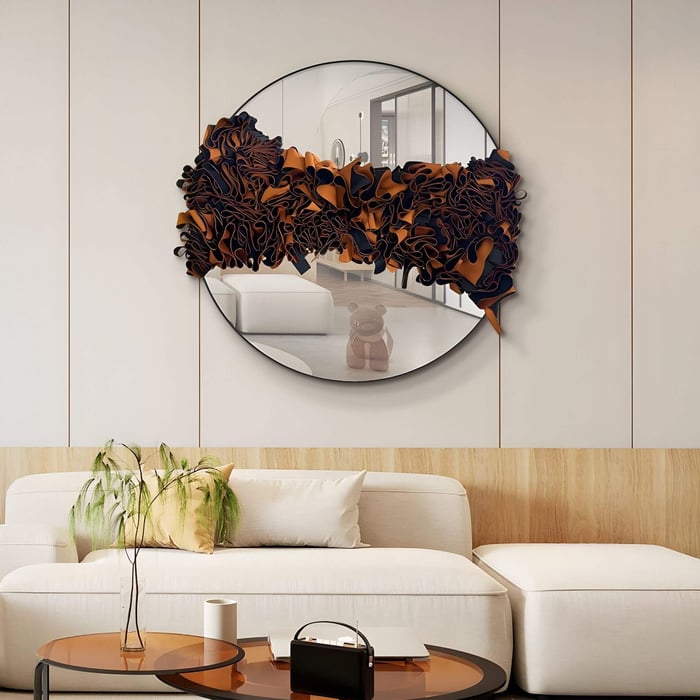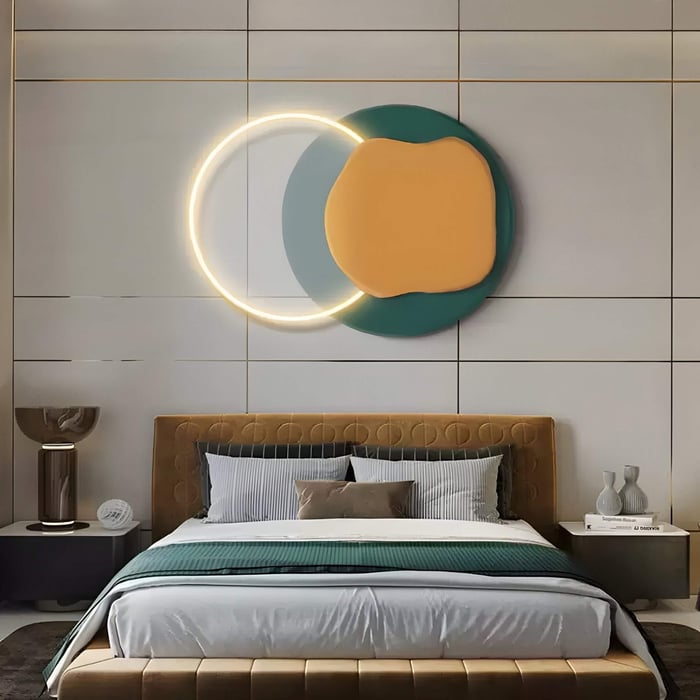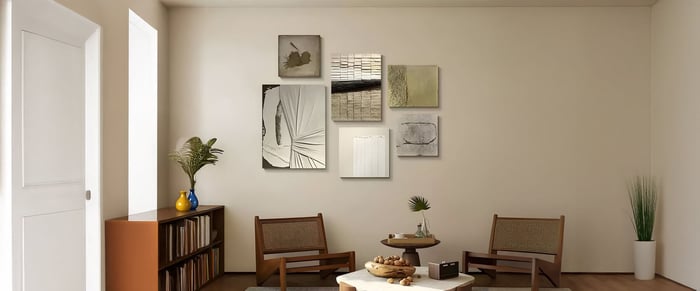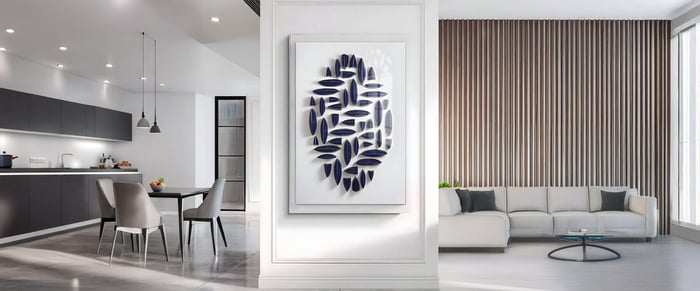Leather art offers warmth, texture and a sophistication that few other wall hangings can match. Unlike canvas prints or metal sculptures, leather art brings organic depth, its natural grain, hand-stitched edges and subtle patinas invite touch and create an intimate atmosphere. Whether you crave a snug, hearth-side retreat or a sleek, contemporary loft vibe, the right leather panel can establish your desired mood instantly.
In this article, we’ll guide you through selecting the ideal leather panel for your desired atmosphere. You’ll learn about different types of leather wall art, the qualities that influence mood, how colour choices impact emotion, and the best strategies for sizing and placement. We’ll also explore advanced textures and techniques, pairing tips with other décor elements, and practical advice on caring for and sourcing these luxurious pieces. Let’s dive in and find the leather art that speaks to your home’s unique vibe.
Understanding Leather Art: Materials & Styles
1. Types of Leather Wall Art
Painted Hides: Whole leather hides painted with abstract or figurative designs. Ideal for sweeping statement walls.
Embossed Panels: Leather pressed with patterns - botanical motifs or geometric grids, for sculptural leather décor.
Mixed-Media Canvases: Leather fragments combined with metal, wood or fabric accents create layered tactile wall sculptures.
2. Leather Qualities That Influence Mood
Grain Texture: Smooth, fine-grain hides feel refined; pebble-grain offers rustic tactility.
Finish: Matte leather conveys understated elegance, while glossy or antiqued surfaces add drama.
Edge Treatment: Raw, torn edges emphasise imperfection and warmth; stitched hems deliver polish and structure.
3. Common Styles
Minimalist Leather Paintings: Single-tone hides with subtle embossing or brushwork for clean, modern spaces.
Rustic Leather Reliefs: Weathered hides with deep embossing for cosy, lodge-style rooms.
Geometric Hide Art: Triangles, hexagons or checkerboard patterns cut into leather for dynamic geometric art focal points.
Botanical Embossing: Leaf and flower motifs pressed into leather to bring a sense of natural organic art into your home.
Colour Choices: Setting the Emotional Tone
1. Warm Earth Tones
Rich caramel, chestnut and ochre hides radiate comfort. A caramel-leather panel above a linen sofa makes a living room feel snug and inviting.
2. Rich Darks
Espresso browns and charcoal greys evoke drama and sophistication. A dark leather painting behind a glass console adds depth to an entryway.
3. Muted Neutrals
Taupe, sand and dove-grey hides promote calm. Perfect for minimalist or Scandinavian-inspired bedrooms, these neutrals meld seamlessly with pale wood and soft linens.
4. Accent Hues
Teal, burgundy or mustard leather panels inject energy and focus. Use a single jewel-tone hide in your home office to boost creativity, or a mustard-leather grid in the dining room to spark conversation.
5. Colour Combinations
Match leather artworks to wall paint, textiles and metal finishes. A burgundy hide pairs beautifully with matte black steel fixtures, while an ochre panel complements brass hardware and woven linen accents.
Size, Scale & Placement Strategies
1. Large Statement Pieces
Floor-to-ceiling leather murals command attention in spacious living rooms or open-plan lofts. Choose a single 2 m × 1.5 m hide painting for maximal impact, anchoring seating areas or media walls.
2. Gallery-Wall Groupings
Combine small leather panels (30×30 cm or 40×40 cm) with framed prints or metal reliefs. Mixing media energises any wall, ideal for hallways or behind dining benches.
3. Proportional Rules
General rule: hang art at 50–75% of the furniture width beneath it. Centre the artwork so its midpoint sits around 145 cm from the floor, eye level for most adults.
4. Room-By-Room Placement
Living Room Focal Walls: Above sofas or fireplaces, use large hide panels to define the seating zone.
Entryway Accents: A slim leather panel beside the door sets a warm first impression.
Dining Room Ambience: Group two or three small hides above a sideboard to frame meal times.
Bedroom Serenity: Hang muted-tone leather art above the headboard to evoke calm.
Textures & Techniques: Beyond Flat Leather
1. Embossed & Debossed Reliefs
Raised embossing adds sculptural intrigue; debossed details create shadowed recesses. These leather 3D art techniques reward closer inspection.
2. Hand-Painted & Dyed Surfaces
Artisans apply brushwork and gradient dyes to hides, achieving painterly effects. Patinas and distressing accentuate grain patterns for emotional depth.
3. Mixed-Media Leather Collages
By embedding leather scraps with wood veneers, metal mesh or textile fragments, artists craft luxury leather panels that feel like bespoke wall tapestries.
4. Raw-Edge vs Clean-Edge
Raw, torn-edge panels celebrate imperfection and texture, perfect for organic or minimalist leather art schemes. Clean-edge, stitched hems offer precision suited to contemporary spaces.
Pairing Leather Art with Décor Elements
1. Material Harmony
Echo leather’s organic feel with natural woods, oak side tables or reclaimed timber shelves. Stone surfaces, such as marble consoles, provide a cool counterpoint to leather’s warmth.
2. Metal Accents
Frame leather panels in brass, steel or copper for visual contrast. Metal fixtures, lighting, handles or floating shelves, play off leather’s softness, creating a balanced interplay of materials.
3. Textile Coordination
Select throw pillows, rugs or curtains in complementary leather shades, hues drawn from the art itself unite the room. A mustard-leather panel above a teal velvet sofa feels intentional and curated.
4. Lighting to Enhance Grain
Use directional up-lights or picture lights to accentuate leather’s texture. Soft, warm-white LEDs enhance depth without harsh glare, making grain patterns pop.
Caring for Your Leather Art
Dusting & Cleaning: Gently remove dust with a soft, dry microfibre cloth. For light grime, lightly dampen the cloth, never soak leather.
Protection: Keep panels away from direct sunlight to prevent fading. Maintain indoor humidity around 40-60% to avoid cracking.
Conditioning: Every 6-12 months, apply a premium leather conditioner sparingly to preserve suppleness and prevent drying.
Handling: Support larger panels fully when moving. Avoid touching sculptural edges or raised details to prevent oils from skin altering leather patina.
Conclusion: Make Leather Art Your Mood Anchor
A well-chosen piece of leather art does more than fill blank walls, it defines the very atmosphere of your home. Warm earth tones and tactile grain invite comfort; rich dark hides lend drama; and accent hues spark vitality. By pairing leather panels with complementary materials, positioning them thoughtfully, and giving them proper care, you can curate a space that feels both sophisticated and deeply personal.
Ready to set your home’s mood with leather’s subtle luxury? Explore our curated Leather Art collection at Giant Sculptures or commission a bespoke hide panel crafted to your exact specifications. Your perfect mood awaits.
